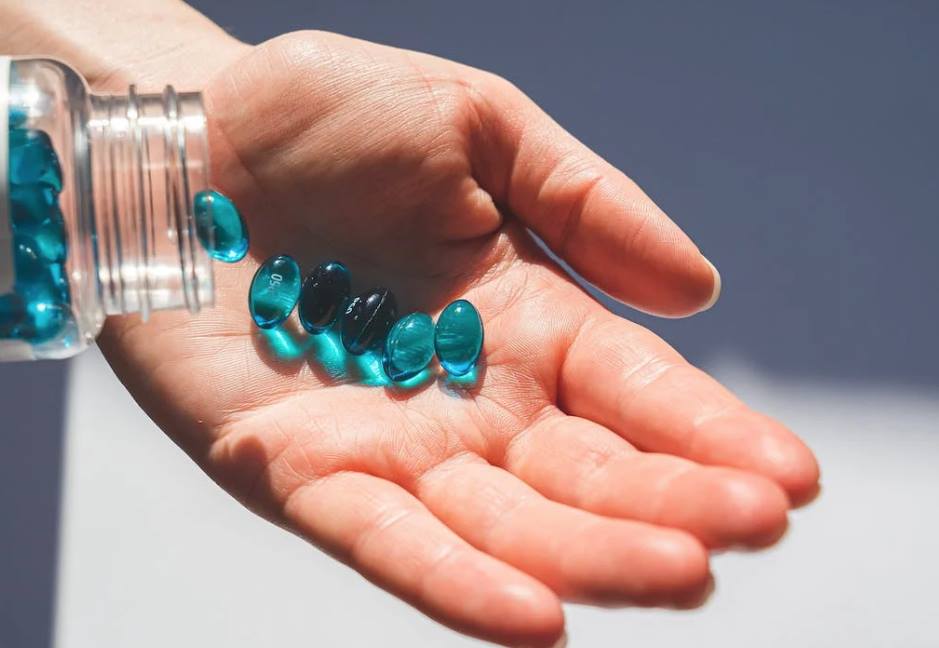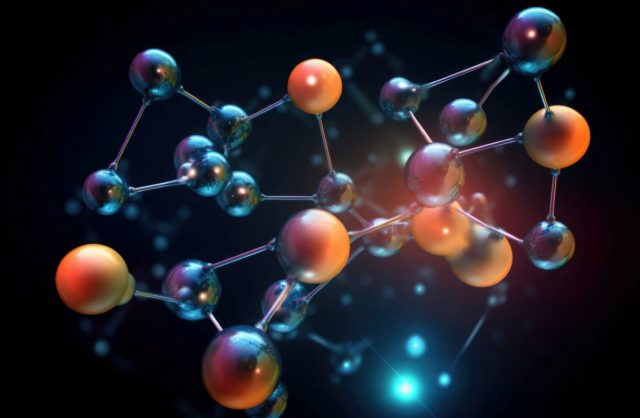Peptides, short chains of amino acids, are the building blocks of proteins and play pivotal roles in physiological functions. They have increasingly been recognized as potent therapeutic agents due to their high selectivity, potency, and reduced side effects. However, this realm is not without its challenges. We are now venturing into the complexities of this subject, aiming to delineate both the progress and the obstacles in the development of peptide-based therapeutics. Our aim is to provide a comprehensive view of this burgeoning field and its implications for therapy, set against the broader backdrop of medical research and innovation. While we cannot cover every aspect of this field, our goal is to provide a solid foundation for understanding the advancements and challenges in peptide-based therapeutics.

High Specificity and Efficiency
Peptides have the ability to bind to specific targets with high affinity and selectivity, making them effective therapeutic agents. This is due to their unique three-dimensional structures that allow them to bind precisely with their target molecules, leading to potent biological activities. As a result, peptide-based therapeutics have been widely used in the treatment of various diseases including cancer, metabolic disorders, and infectious diseases. One such example is insulin, which has revolutionized the management of diabetes since its discovery in 1921. Its peptide structure allows for efficient and precise regulation of blood glucose levels, making it a highly effective treatment option. Furthermore, PT-141 interacts with melanocortin receptors in the brain and has shown promising results in treating sexual dysfunction. These examples demonstrate the potential of peptides as powerful therapeutic agents.
Reduced Side Effects
Due to their biocompatibility and selective nature, peptides often exhibit fewer side effects compared to conventional treatments. This is because they do not interact with non-target molecules, minimizing the risk of adverse reactions. As a result, peptide-based therapeutics have gained significant attention from researchers and pharmaceutical companies alike. For instance, the use of peptides in cancer treatment has been gaining traction due to their ability to specifically target cancer cells without affecting healthy cells. This not only reduces the side effects but also improves the overall efficacy of the treatment. Additionally, peptides have also been used in pain management with fewer side effects compared to traditional opioid-based drugs. This further highlights the potential of peptides as a safer alternative for various therapeutic purposes. In some cases, peptides have also been designed to self-assemble into nanomaterials, which can enhance drug delivery and reduce the chances of systemic toxicity.
Versatility
Peptides can be engineered to interact with a wide range of biological targets, including those considered ‘undruggable’. This versatility has opened up new possibilities in drug discovery and development. For instance, cyclic peptides have been designed to mimic the structure of natural products, making them potent inhibitors of enzymes and receptors. These modified peptides have shown promising results in treating diseases such as Alzheimer’s, where traditional small-molecule drugs have failed. Furthermore, the use of cell-penetrating peptides (CPPs) has allowed for the delivery of therapeutic molecules to previously inaccessible cellular targets. This has revolutionized drug delivery and opened up new avenues in gene therapy and targeted cancer treatments. Most recently, peptides have also been explored as potential alternatives to antibiotics in the face of increasing antibiotic resistance. This illustrates the versatility and potential of peptides for multiple therapeutic applications.
Stability Issues
Peptides are susceptible to degradation by proteases and peptidases in the body, which can limit their lifespan and effectiveness. This has been a major hurdle in the development of peptide-based therapeutics. However, advancements in chemical modifications and drug delivery systems have addressed this issue to a great extent. For instance, D-peptides (mirror-image peptides) are resistant to proteolytic enzymes and can serve as an alternative to their natural L-peptide counterparts. Additionally, encapsulation of peptides in biocompatible nanoparticles can protect them from enzymatic degradation, improving their stability and increasing their half-life in the body. Stability is a crucial factor in the success of peptide-based therapeutics, and ongoing research continues to overcome this challenge. When overcome, this hurdle will significantly expand the potential of peptides in treating diseases.

Delivery Challenges
Due to their size and polarity, peptides often face difficulties in crossing cellular membranes, limiting their bioavailability. This poses a significant challenge in the development of peptide-based therapeutics. However, various strategies have been employed to overcome this obstacle, including the use of CPPs as carriers for delivering peptides into cells. Nanoparticles and liposomes have also been utilized as vehicles for the efficient transport of peptides across membranes. Additionally, site-specific modifications and conjugation with other molecules can enhance the uptake and delivery of peptides to target tissues. For example, the conjugation of peptides with polyethylene glycol (PEG) can improve their circulation time and reduce clearance from the body. If these delivery challenges can be overcome, it would greatly expand the potential applications of peptide-based therapeutics.
Production Costs
The synthesis and purification processes of peptides can be expensive, posing a significant barrier to their widespread use. However, advancements in peptide synthesis techniques have reduced production costs and made them more accessible for research and development. Furthermore, the use of recombinant DNA technology has allowed for large-scale production of peptides, making them a more cost-effective option for therapeutic use. Furthermore, as the demand for peptide-based therapeutics increases, it is expected that new technologies and approaches will continue to drive down production costs. For instance, the use of microfluidic technologies has shown promise in reducing the time and costs associated with peptide synthesis. Microfluidic-assisted synthesis could potentially revolutionize the production of peptides and make them more affordable for widespread use in medicine.
In conclusion, peptide-based therapeutics offer immense potential as effective and safe treatment options for various diseases. Despite their challenges, the progress made in this field has been remarkable and continues to advance at a rapid pace. With further research and innovation, we can expect to see more breakthroughs in this promising area of medical science. As we continue to delve deeper into the complexities of peptides and their therapeutic potential, it is crucial to keep an open mind and stay updated on the latest developments and challenges in this field. The future of peptide-based therapeutics holds great promise, and we are only scratching the surface of what peptides have to offer in the world of medicine.





